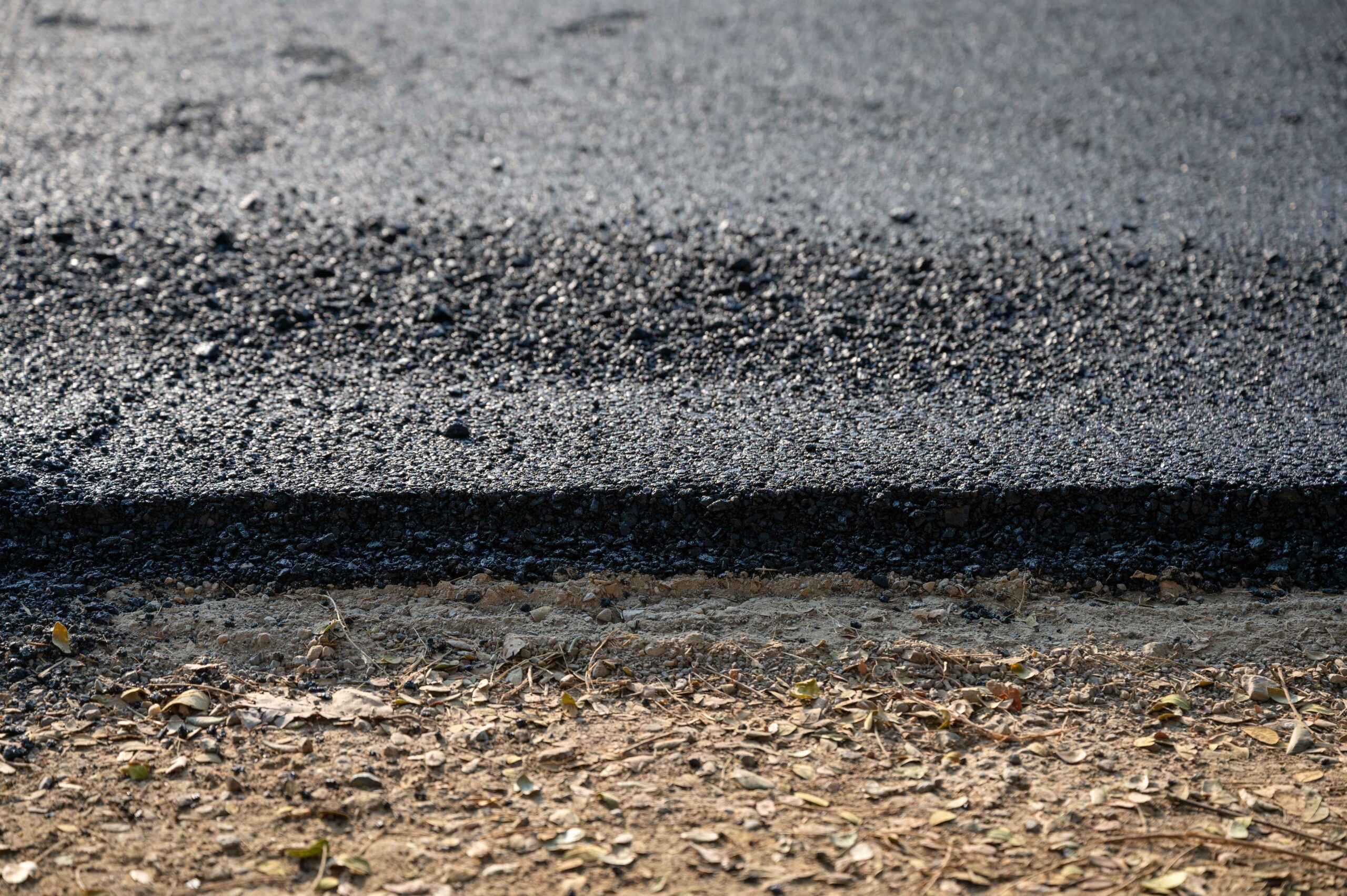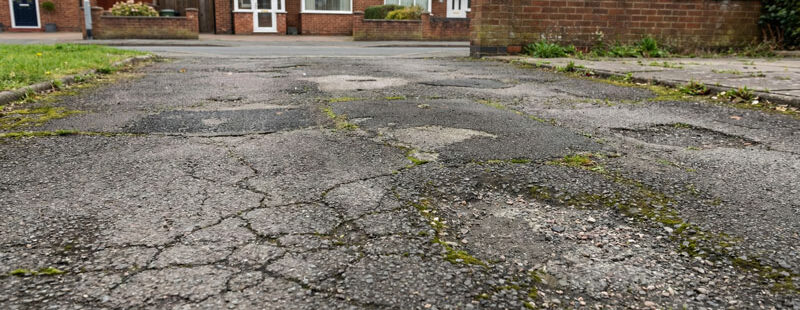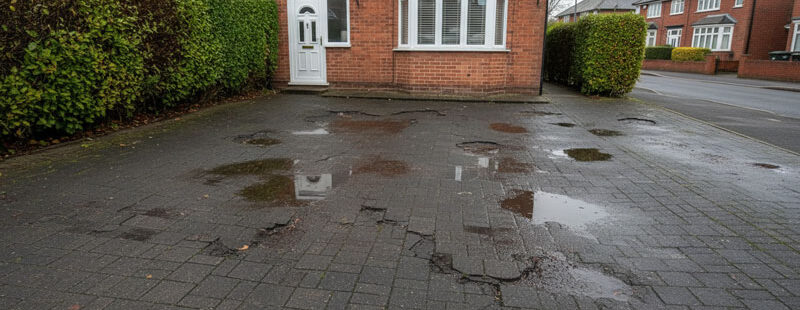
- min min
- No Comments
- October 6, 2025
Beneath the Surface: What Really Happens Before the First Layer of Asphalt
When you drive down a road and admire how smooth the pavement is, it’s easy to forget that what you see — the asphalt surface — is just the tip of a carefully engineered structure. The success (and lifespan) of a road starts far below. In this post, we’ll lift the curtain and show you what really happens before that first asphalt layer goes down — and why each step matters.
1. Surveying & Site Assessment: The First Step to Success
Before any digging begins, experienced engineers and surveyors visit the site to assess the terrain, existing conditions, drainage, and soil properties. Key tasks include:
- Topographic surveys: measuring levels, slopes, and contours
- Soil sampling & testing: determining bearing strength, moisture content, and stability
- Identifying underground utilities and drainage paths
- Establishing site boundaries and alignment
These assessments inform the design of drainage, subgrade treatment, and layer thicknesses. Neglecting this step can lead to premature cracking, settling, or water damage.
2. Clearing, Grading & Earthworks
With data in hand, contractors move on to preparing the raw site:
- Clearing & stripping: removing vegetation, debris, topsoil, or unsuitable material
- Cut & fill: moving soil to level the site or build up embankments
- Rough grading: shaping the road’s profile (both vertical and horizontal curves)
- Drainage grading: creating side slopes, crossfalls, and ensuring water will run off
This earthwork stage ensures that the road structure has a consistent, stable base and that water is directed away from where it can do harm.
3. Subgrade Preparation & Stabilization
The subgrade — the natural soil beneath the pavement — is the foundation of everything above it. Properly preparing the subgrade is critical:
- Compaction: Using rollers to densify the soil and reduce voids
- Moisture conditioning: Adjusting moisture levels to optimum for compaction
- Stabilization (if needed): In weak or water-prone soils, additives like lime, cement, or fly ash may be mixed in or geosynthetic reinforcement may be installed to increase strength and stiffness
- Proof rolling / testing: Running loaded equipment over the subgrade to detect soft spots or weak zones
A poorly prepared subgrade leads to structural failures, rutting, or cracking.
4. Subbase & Capping Layers
Once the subgrade is ready, additional layers are placed to support loads and protect from moisture:
- Capping layer (if needed): Used when the subgrade is weak; often made of lower-cost aggregate or stabilised materials to shield the subgrade from heavier load layers above
- Subbase layer: A granular layer of crushed stone or aggregate that helps spread loads, supports drainage, and reduces stress on the subgrade
- These layers are laid in lifts (thickness increments), and each lift is compacted to meet density requirements
Together, the subbase (and possibly capping) function as a platform for the structural base and asphalt above.
5. Base / Binder Course (Structural Layer)
Now you approach the “backbone” of the road:
- Base course: This is typically a robust aggregate layer (often crushed stone) that carries a major portion of the traffic loads. It spreads the stress over the less competent layers below.
- In some designs, a bituminous (asphalt) bound base or binder course is used. This blends aggregate with bitumen to add strength and flexibility, acting as a transition between the rigid structural base and the top wearing layer.
This stage is crucial for ensuring that the road can bear heavy loads without deforming, while also resisting cracks and fatigue over time.
6. Final Checks & Readiness for Surfacing
Before the surface asphalt goes down, final precautions are taken:
- Inspect the grades, slopes, and alignment
- Test compaction and density of all underlying layers
- Check for uniformity — no soft spots or irregularities
- Ensure drainage paths are clear and functional
- Clean and remove debris from the surface to be paved
Only after these verifications and approvals is the site considered ready for laying the asphalt wearing course.
Why This Hidden Work Matters
- Longevity & durability: A road is only as strong as its foundation
- Cost efficiency: Fixing subsurface issues after surfacing is far more expensive
- Water protection: Below-surface layers shield the road from water infiltration, a common cause of pavement failure
- Load distribution: Well-constructed layers transfer vehicle stresses efficiently, reducing damage
- Consistency and safety: Poor preparation leads to potholes, cracks, and unsafe driving surfaces
Conclusion
Next time you see a freshly paved road, remember: most of the “magic” happens under the surface. Every stage — from soil testing and grading to subbase and base construction — must be done precisely, or the top asphalt can’t do its job.
If you’re planning a new surfacing project or want to understand how we approach site preparation with precision and care, contact us today for expert advice and a no-obligation quote.





